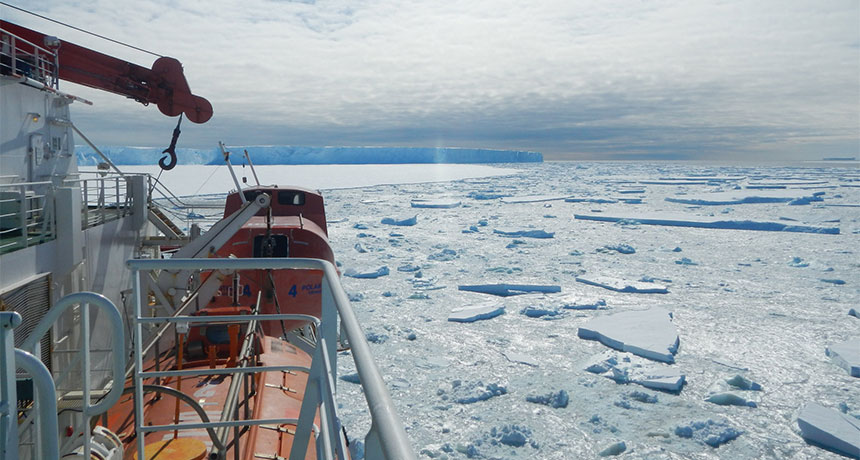The Southern Ocean may be less of a carbon sink than we thought
The water surrounding Antarctica may be belching more CO2 than it takes in

FRIEND OR FOE? The water around Antarctica absorbs a lot of the carbon that humans produce. But hints that the ocean’s cleanup capacity may be falling short are coming in from CO2-measuring floats being dropping from ships.
Hannah Zanowski/SOCCOM Project/Flickr (CC BY 2.0)